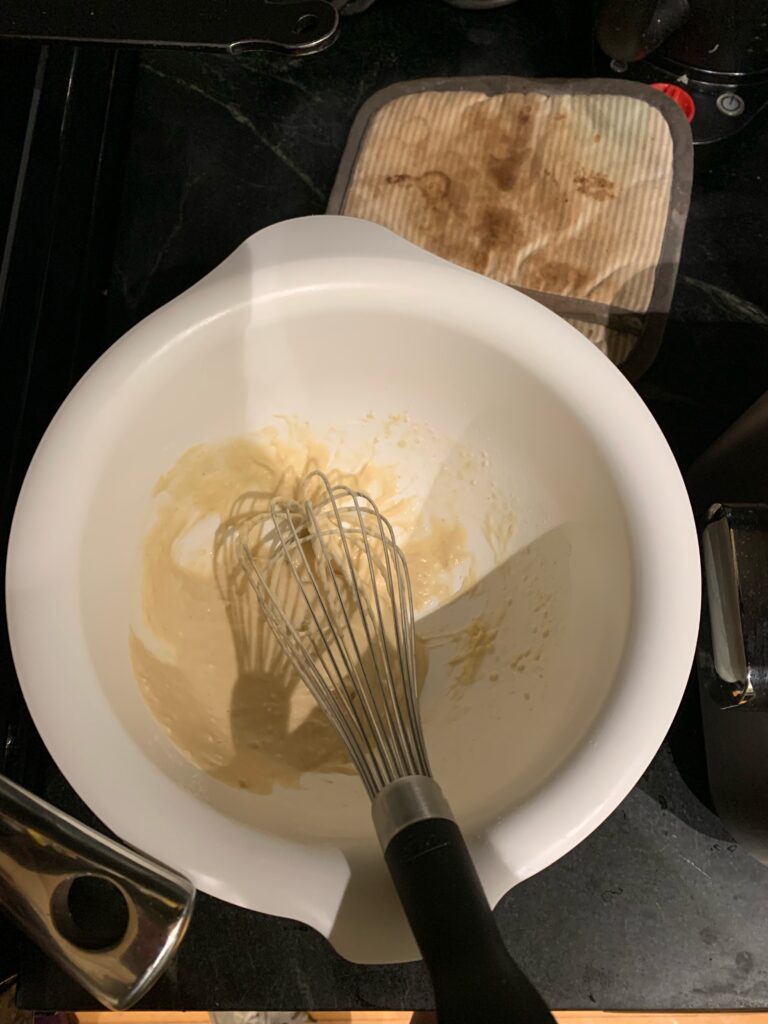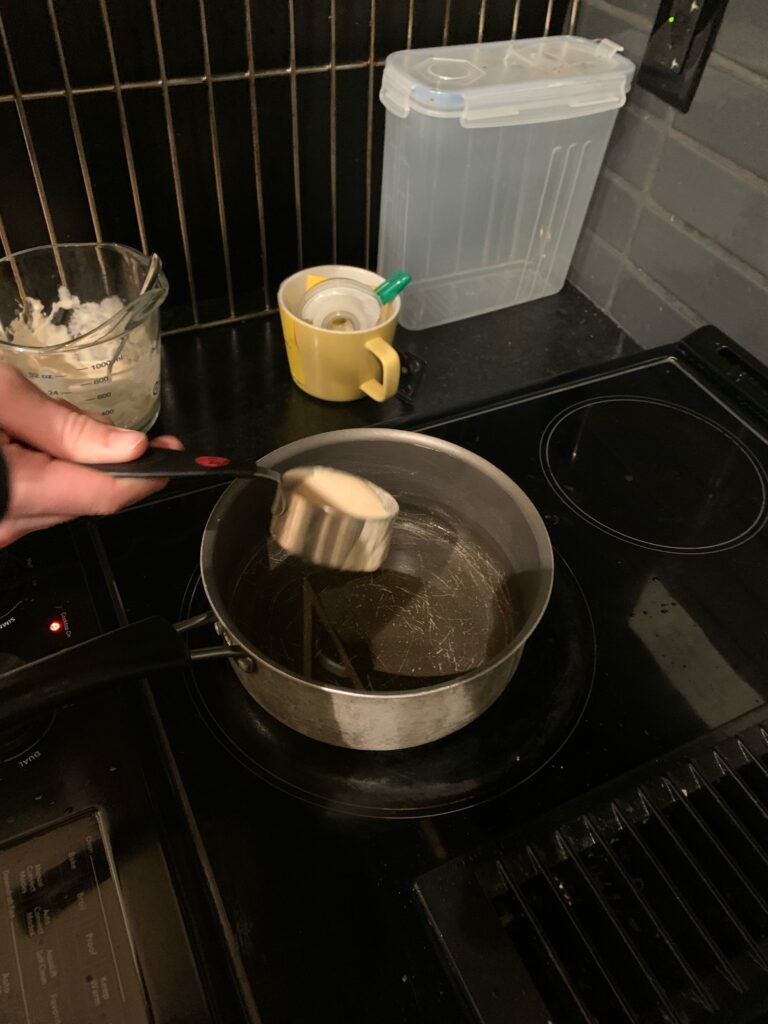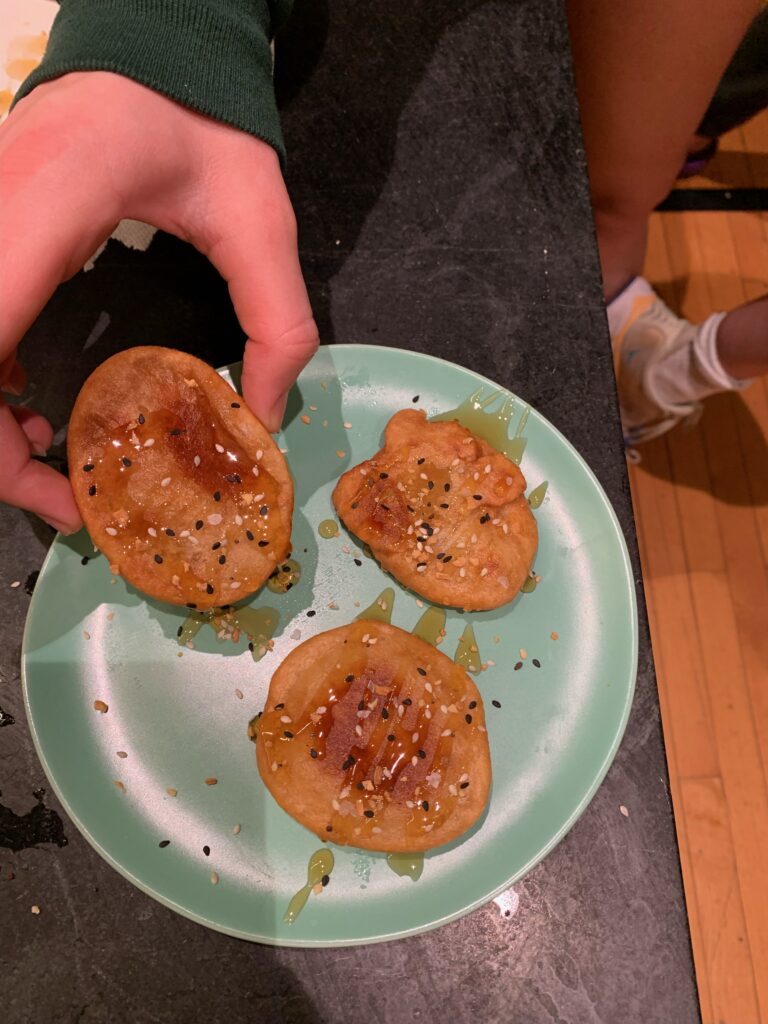Reflection of Gladiator: The Vigorous Roman Movie
For my second ACTA, I decided to watch a Roman movie with a few of my friends. This movie was called Gladiator. As someone who has never been exposed to Roman culture and information, this movie was very powerful and almost overwhelming for me. The violence, battles, and strong emotions of the actors made the film very compelling. I am typically not a fan of movies that have a lot of fighting in them, but I surprisingly found myself fairly engaged throughout most of the movie. With all of this being said, there were a variety of things and scenes that stood out to me.
For example, one thing that stood out to me was the Roman urge to remain in high status. Within the movie Gladiator, Commodus, a character was told by Caesar, his father, that he could not become emperor. Emperor Caesar, however, gave permission to his adopted son, Maximus to become emperor. Commodus, striving for wealth and power, reacted to this decision in an extremely violent way. He was responsible for killing and strangling his own father. The astounding violence does not stop here. After Emperor Caesar is found dead, Commodus orders that Maximus is to be arrested and then executed. Throughout the film, it is clear that Commodus would do just about anything to become more elite. Throughout the Roman Empire, Roman political institutions played a large role in Roman life. Roman society was divided mostly into two classes: plebeians and patricians. Patricians consisted primarily of the wealthy elite, whereas plebians were known as the “common” people. Most individuals aimed to be a patrician for obvious reasons.
Additionally, another thing that stood out to me in this movie was the use of horses in battle. Horses were almost always used in every battle scene. Throughout the later years of the Roman Empire, horses were a huge component of daily Roman life. They were obviously used for transport and battle purposes in the Roman Empire, but also other emerging empires. Additionally, horses were also essential for Roman chariot races. The chariot scene from this movie undoubtedly brought about the importance of horses. In this scene, two horses were attached to a chariot and were used to attack the gladiators in the arena. In this movie, Maximus serves as a mighty gladiator, so he was involved in various chariot races and was very successful in them. During this part of the movie and the other battle scenes, I could not help but wonder if horses were being abused in these situations.
Overall, I definitely recommend this movie to others. Despite some scenes being very graphic, the movie visuals and Roman cultural depictions were extremely energetic, entertaining, and accurate to what we’ve learned in class. One of the scenes that was especially graphic and distressing was when Maximus’ wife and child were hung and executed. Maximus’ reaction was extremely powerful and emotional. He collapses as he grabs the feet of both his child and wife. I enjoyed comparing some of the scenes to portions of my notes from class, especially our week on “Empire and the Arena”. I watched the movie with three other friends from my Roman Revolutions class. They all had similar reactions!


